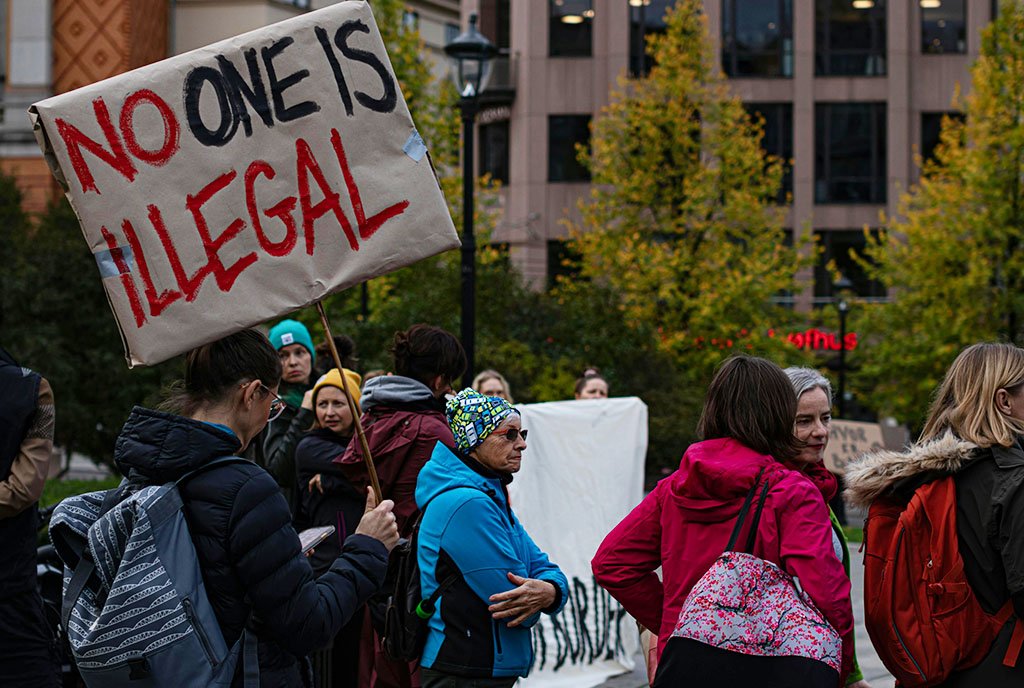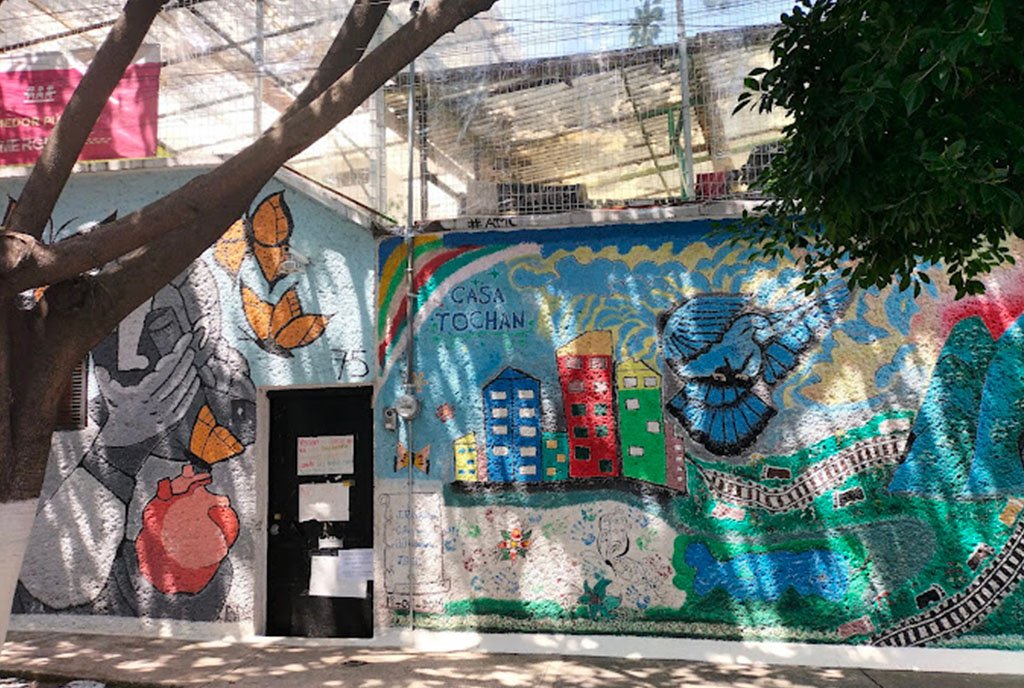
December 12, 2018; Education Week and the Washington Post
Organizations and their leaders prepare for emergencies by writing policies and procedures; they then train and practice. Unfortunately, how effective that investment is will only be measured when catastrophe strikes. At that time, when theory meets reality, it is not only the organization’s planning that is put to the test; diverse and often conflicting demands unique to those moments stress the quality of leadership as nothing else does.
For the leadership of the Broward County School System, tragedy struck last February when a former student went on a lethal shooting rampage in one of their schools. At that moment, the job and the life of the district’s superintendent, Robert Runcie, was forever changed. Education Week recently described what Runcie and other organizational leaders face:
There’s no real way to prepare for having 14 children and three employees killed on your watch. Or for finding yourself on the receiving end of the grief and anger that result. Or for handling the avalanche of problems that suddenly falls in your lap. “You can practice all you want. The reality becomes very different,” Runcie said. “It absorbs you and takes over your life.”
Immediately, leaders must react to the profound pain and suffering of those who were traumatized on their watch. Runcie explains to EdWeek, “That’s one of the reasons why I focused so hard on making sure we provided as many supports as we could. Even if I couldn’t meet with everyone directly, at least I had social workers.” No matter how responsive a leader is to those in pain, they are still the leader of an organization that bears responsibility for not averting the tragedy and will be asked to shoulder the blame for any failure. Runcie received both gratitude and anger from families. Shortly after helping one family directly, they were “on TV blasting me. You start sometimes second-guessing yourself.”
Joseph Erardi, who became the superintendent of the Newtown, Connecticut, school district one year after a gunman killed 26 people at Sandy Hook Elementary, described the difficulty of this challenge to EdWeek, as writer Benjamin Herold reports:
That’s where the “human piece” comes in…When he entered the picture, Erardi said, families’ grief and anger were still raw. Those feelings were constantly re-aggravated by a stream of impossible decisions, from how to commemorate the massacre to where to rebuild the school. Sometimes, the district made things worse, like when it failed to consider how classroom lessons on gun violence might impact Sandy Hook survivors.
[…]
Sign up for our free newsletters
Subscribe to NPQ's newsletters to have our top stories delivered directly to your inbox.
By signing up, you agree to our privacy policy and terms of use, and to receive messages from NPQ and our partners.
His main advice: Be honest. Be consistent. And understand that rifts only start to heal when people truly believe you are doing everything you can to help them.
As difficult and critical as it is to focus on victims and immediate survivors, they are not the only constituencies to which leaders must respond. Students need schools to reopen and be able to support them as they work through their reactions. Teachers and support staff need to return to a beefed-up system that recognizes their need to process tragedy as they help their students. Parents must be reassured that their children are safe and that the school district has fixed the problems that allowed tragedy to befall them. The community at large must be provided information and reassurance that the leaders of their institutions are fulfilling their responsibilities. The 24/7 reality of the news cycle places more demands atop those already asked by tragedy and crisis. The normal business of the district must go on. As leaders ensure all these stakeholders are supported, they also have their own well-being to safeguard.
A parent of one of the teens killed recently at Stoneman Douglas High School took a seat on the Broward County, Florida school board. At her first official meeting as a board member, she learned how difficult balancing all these perspectives would be:
She’s now responsible for overseeing the work of a superintendent who didn’t come to visit her in the seven days she sat Shiva for her daughter. And for reining in cost overruns on roof repairs for Broward schools. And for balancing the burden of her own grief and trauma and anger against the burdens felt by the thousands of Parkland parents, students, teachers, and administrators whose lives have been forever changed.
The larger the organization, the more difficult satisfying all constituencies will be.
Inevitably, though, school shootings are followed by disagreements over the pace and scope of safety improvements. It doesn’t help that large public-school districts are typically not the nimblest organizations. Even seemingly straightforward decisions often get tangled in a web of laws, policies, labor contracts, budget constraints, and public opinion. In a system like Broward’s, where an elected school board represents 2.1 million people in 31 different cities, slow is the norm. After a tragedy, when demands for quick action are loud and persistent, how can education leaders manage the resulting tensions?
Just as the pain of losing a child does not fade quickly, neither do the organizational challenges that follow. Schools are now open, improvements and changes are under way, staff changes have been made, yet the controversies continue to demand attention. The recently released preliminary report of a state commission appointed to examine the tragic Parkland HS shooting found, as reported by the Washington Post, a “grim collection of missteps related to the February 14 massacre…that occurred before, during and after the attack at Marjory Stoneman Douglas High School, including unlocked entrances allowing the attacker to get inside, sheriff’s deputies who did not rush in to confront the shooter and confusion among students, staff and law enforcement officials.” Leaders of every organization cited still bear the burdens of crisis management.
Better policies and practices will emerge. Necessary physical changes are made. Better training is conducted. But no matter how effective these acts are, when crisis occurs, leaders are faced with situations they may never be able to fully master. Too many human dimensions, and too many immediate and conflicting priorities, guarantee that outcome. Knowing this may be a leader’s most important learning and training for a moment of crisis.—Martin Levine












